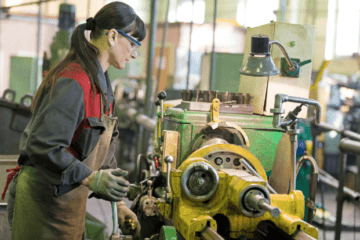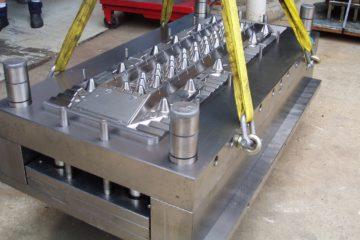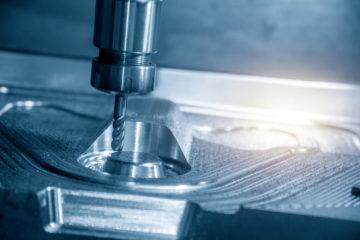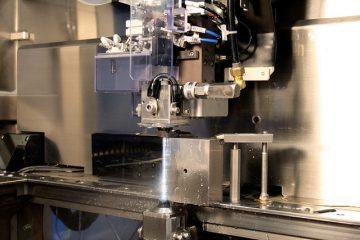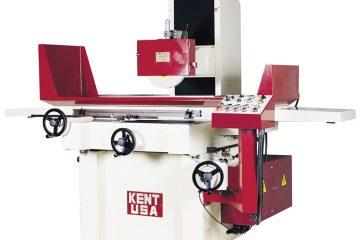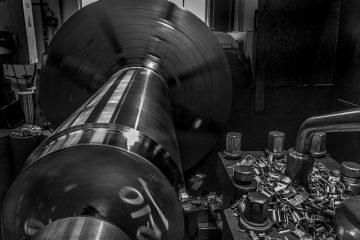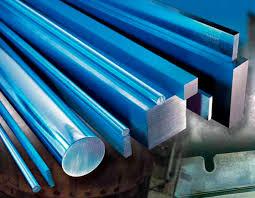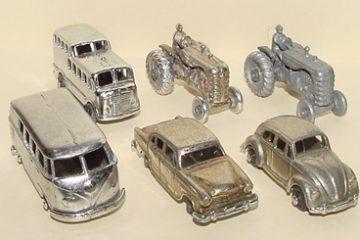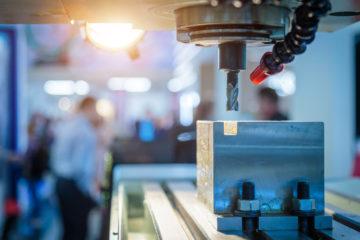Steel is all around us. It is used in major constructions such as skyscrapers, stadiums, roads and railways, as well as smaller product designs such as bolts, nails and screws. Those who have never paid close attention, however, may not have any idea of how steel is made — or indeed, that it needs to be made at all. In fact, steel is a mix or ‘alloy’ of iron and anywhere between 0.2 and 2.1 per cent carbon. It’s that carbon content that gives steel it’s hardness.
It’s possible to create an alloy with a lower carbon content — this is known as ‘wrought iron’. Wrought iron is more malleable, but is also less capable of standing up to the rigours of use. Similarly, ‘cast iron’ is an iron-carbon alloy with a higher percentage of carbon. Cast iron is hard and brittle and will easily crack or shatter when struck with a heavy blow. While both are still produced and have their uses, it is steel that provides the most useful alloy.
Making steel, however, is a relatively new human capability. Let’s take a look at the history of steel and how it came into widespread use:
Pre-100 AD: Steel has been produced on a small scale for thousands of years. The earliest known steel is about 4,000 years old and was excavated in Turkey. Roman, Iberian and Chinese civilisations used steel to construct weapons. However, these ancient civilisations had yet to master methods of producing steel and so its uses were limited and subject to very long production times.
300 BC – 1700 AD: The era of the legendary Damascus Steel. The secrets of producing Damascus steel have been lost to time, but the artefacts it produced have not. While the history of Damascus steel can be traced back to India in around 300 BC, it was during the Crusades of the Middle Ages that it acquired its legendary status — Damascus steel could bend under pressure without breaking but could also hold its edge, and the civilisations that mastered its production were feared.
1855 AD: Steel production never really began reaching its potential until the creation of the Bessemer Process in 1855. British metallurgist Sir Henry Bessemer realised that molten iron could be combined with oxygen. By blasting air through the molten iron ore, the carbon content was reduced. At first, the carbon content was reduced too much, and further experimentation led to the addition of spiegeleisen — a compound of iron, manganese and carbon — to the Bessemer Process. The manganese helped remove the excess oxygen in the form of manganese oxide, and the carbon that was left behind was at the appropriate level to produce steel. Along with plastic injection moulding, the Bessemer Process was one of the most important manufacturing developments of the modern era.
1950 AD: The Bessemer Process and other steelmaking processes that had developed alongside it became obsolete in 1950 with the introduction of basic oxygen steelmaking (BOS) which limits impurities and can even process old scrap metal into steel, lowering wastage and increasing efficiency. These days, BOS accounts for the majority of steelmaking processes in the industrialised world.
Want to know more?
Want to know a little more about steel? We’ve included the infographic below to give you a good (visual) overview.
Find out how it’s made, figures of worldwide steel production, a breakdown of the different types of steel, and 25 fun facts.

Infographic by: BuildingsGuide
Subscribe to Our Newsletter
Get the latest news from Dienamics into your inbox





